
Recognizing Plant Physiology authors: Lena Maria Müller
Plant Physiology, Plant Physiology: Author ProfilesLena Maria Müller, first author of Constitutive overexpression of RAM1 leads to an increase in arbuscule density in Brachypodium distachyon
Current Position: Postdoctoral researcher at Boyce Thompson Institute/Cornell University, Ithaca, NY (USA)
Education: PhD in Plant Science and Policy: University…
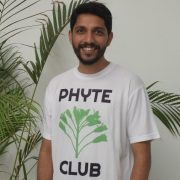
Recognizing Plant Physiology authors: Premachandran Yadukrishnan
Plant Physiology, Plant Physiology: Author ProfilesPremachandran Yadukrishnan, first author of HY5 suppresses, rather than promotes, ABA-mediated inhibition of post-germination seedling development
Current Position: Research Associate (ad hoc), Indian Institute of Science Education and Research (IISER) Bhopal, India
Education: Ph.D. (Biological Sciences)…

Recognizing Plant Physiology authors: Robert Orr
Plant Physiology, Plant Physiology: Author ProfilesRobert Orr, first author of Robust survival-based RNAi of gene families using in tandem silencing of adenine phosphoribosyltransferase
Current Position: Ph.D. Candidate and Research Assistant in Luis Vidali’s laboratory at Worcester Polytechnic Institute
Education: Ph.D. Candidate in Biology and…
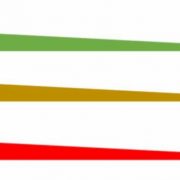
Tomatoes turn pale in the heat: high temperature reduces red and green pigmentation via phytochromes
Blog, Plant Physiology, Plant Physiology: News and Views, ResearchThe gardeners among us know that direct sunlight is a prerequisite to obtain full-sized, bright red tomato (Solanum lycopersicum) fruits. Indeed, light increases the accumulation of yellow and red carotenoid pigments, particularly lycopene, in ripe tomato fruits while it also boosts chlorophyll levels…
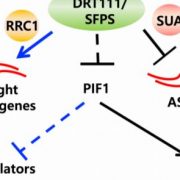
SPLICEd in the Seeds: Integration of ABA and Light Signaling in Arabidopsis
Blog, Plant Physiology, Plant Physiology: News and Views, ResearchDhineshkumar Thiruppathi 1,2
ORCID ID: 0000-0002-2018-3356
Donald Danforth Plant Science Center,
Saint Louis, Missouri 63132
1Author for contact: [email protected]
2Lead author
Plant development and adjustment to the environment require not only tight regulation of core…

Recognizing Plant Physiology authors: Andries Temme
Plant Physiology, Plant Physiology: Author ProfilesAndries Temme, first author of Key traits and genes associate with salinity tolerance independent from vigor in cultivated sunflower
Current Position: Assistant Research Scientist, Department of Plant Biology, University of Georgia, USA
Education: BSc and MSc from Utrecht University, NL; PhD from…
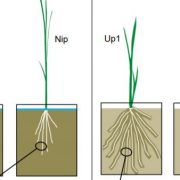
Trapped In the Rhizosheath: Root-Bacterial Interactions Modulate Ethylene Signaling
Blog, Plant Physiology, Plant Physiology: News and Views, ResearchAuthor: Sjon Hartman 1,2
ORCID: 0000-0002-6709-6436
1 Plant Ecophysiology, Institute of Environmental Biology, Utrecht University, Padualaan 8, 3584 CH, Utrecht, The Netherlands
2 Corresponding author contact: [email protected]
Even moderate droughts can greatly limit plant performance…

Self-Incompatibility Can Cause Death in Vegetative Cells
Plant Physiology, Plant Physiology: On The InsideSelf-incompatibility (SI) is a mechanism used by flowering plants to prevent self-fertilization. It is controlled by a multi-allelic S-locus that allows self/non-self-recognition between pistil and pollen. In several SI systems, when male and female S-determinants match, self pollen is recognized and…
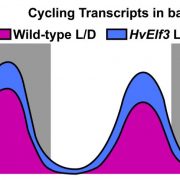
The rhythm of the light: how light and the clock drive cycling of transcript levels in barley
Blog, Plant Physiology, Plant Physiology: News and Views, ResearchCircadian rhythms are ubiquitous among living things. A core set of so-called clock genes and their products assemble an oscillatory network that provides a rhythm to anticipate dawn and dusk (Hsu and Harmer, 2014). The circadian clock regulates the day/night rhythms of plants and light itself has many…

